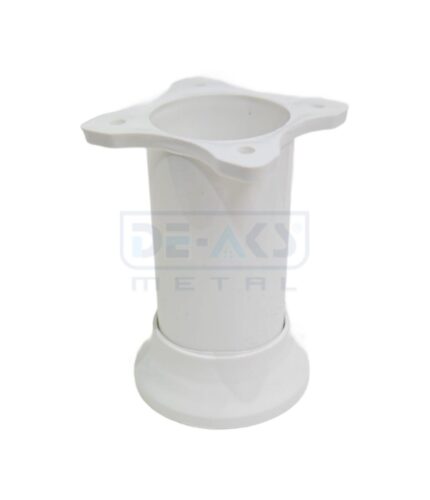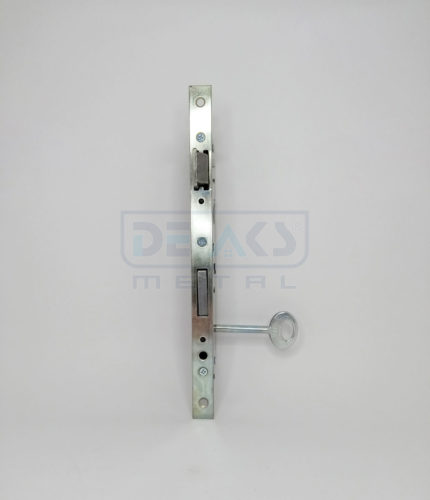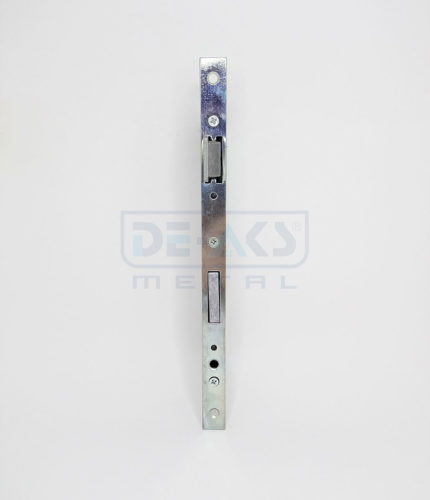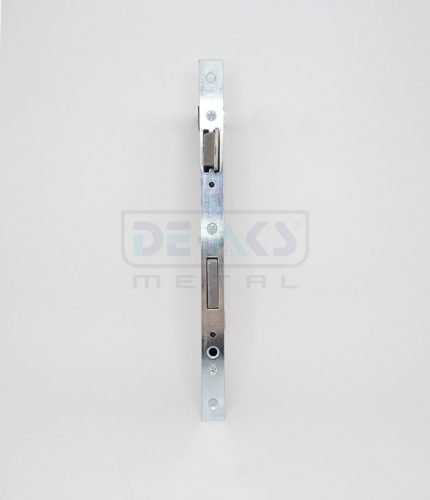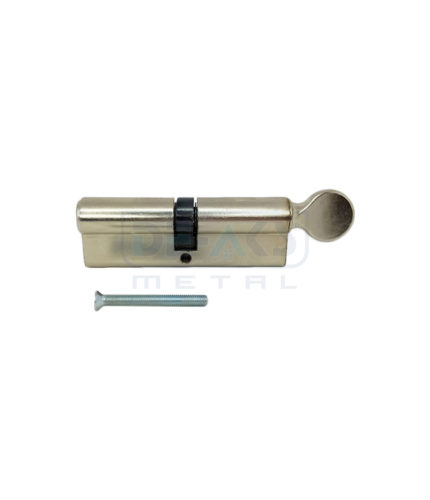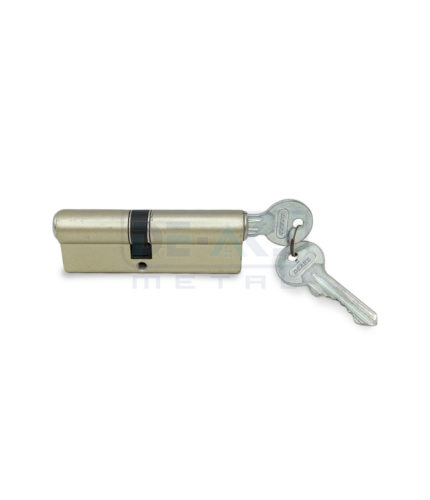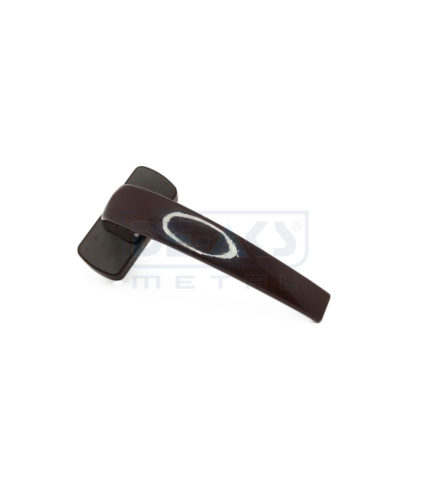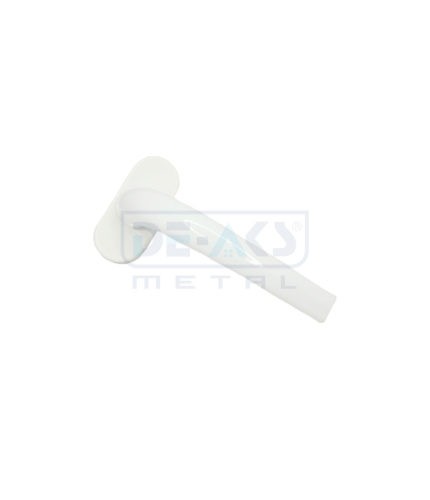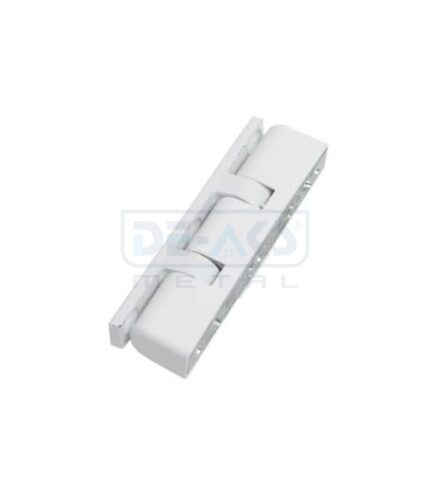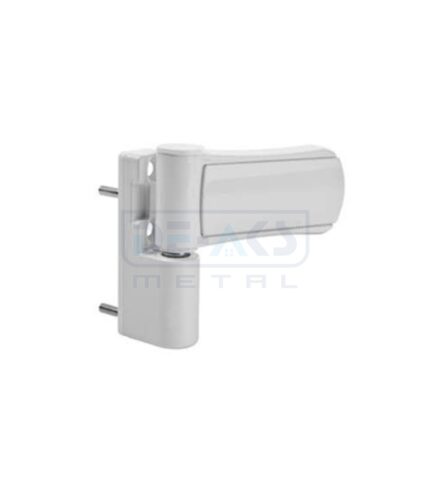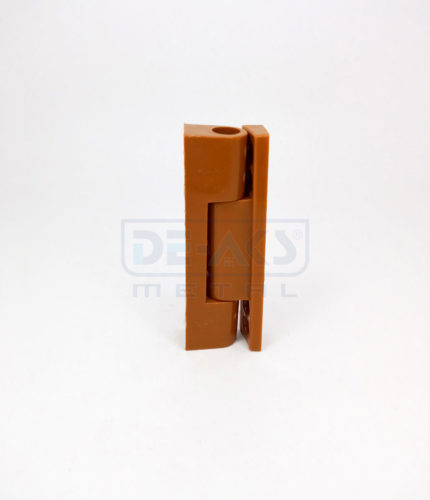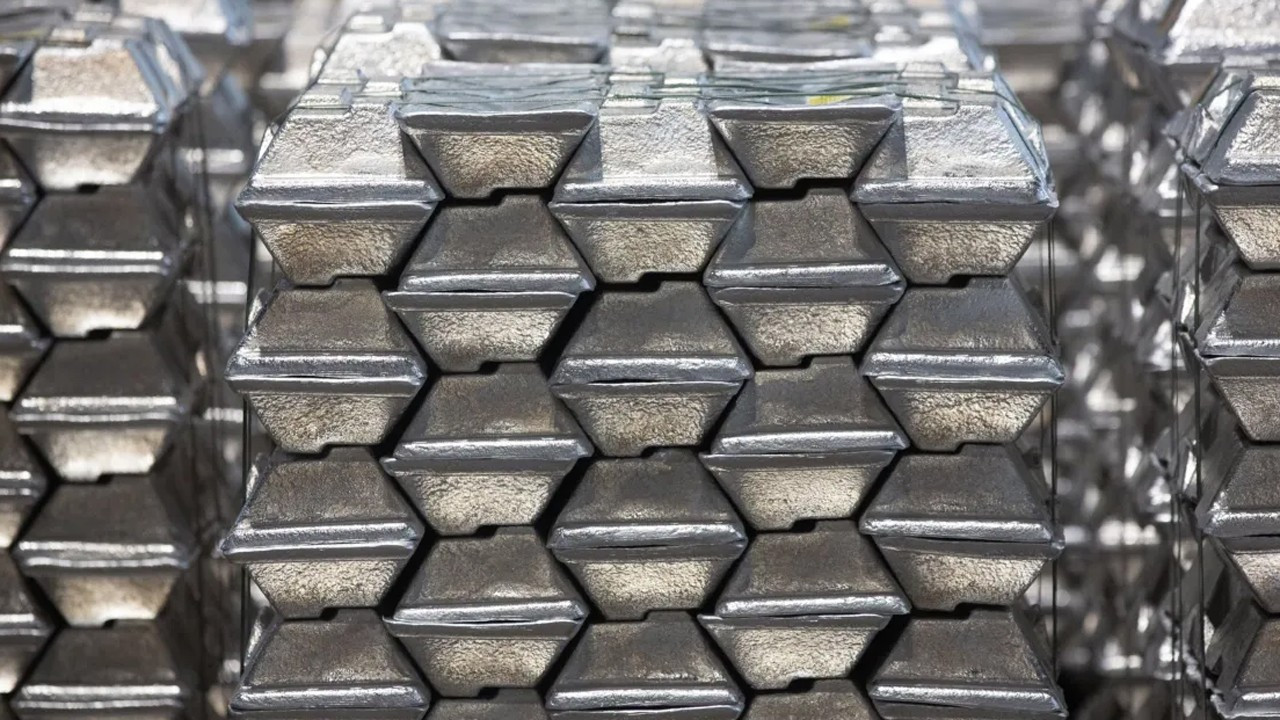Why did nickel prices rise?
The rise in prices of all metals, especially nickel, is driven by increased sanctions against Russia, triggering supply concerns. On the other hand, 'squeezing in the open', which is a special situation for the markets, is also effective in the rises experienced.
Short squeeze can be experienced during periods when the short selling strategy is heavily used in stock and commodity futures contracts in a market where the dollar price increases due to the lack of sufficient supply. In this case, when the loss-making investors close their positions, the supply in the markets also decreases. This spiral not only reduces supply, but also causes prices to rise faster. The rise in prices is happening so fast that the London Metal Exchange has called for China Construction Bank, one of the world's largest banks, to complete margin for their positions in nickel.
Operations stopped in nickel, other metals fell
The upward movement that started with nickel prices in the London Metal Exchange in the morning, slowed down a little after the trades were stopped in nickel. In fact, the prices of some metals decreased compared to yesterday's close. As the LME rose more than 10 percent to $4,520, it turned negative around 2 percent in the afternoon. Zinc had reached its highest level since December 2006 during the day.
In the LME, copper is also down around 1 percent at the close, up from 4 percent in the morning. Copper is around $10,200 after hitting $10,600. Aluminum, on the other hand, is down by more than 5% and trading at $3,520 after seeing an increase of around 5% at $3,920.
Stainless steel futures in China hit a record 12 percent daily limit as nickel prices more than doubled. The April stainless steel contract on the Shanghai Futures Exchange ended at 22,125 yuan/t ($3,503.56) in day trading. The contract has increased at the daily limit rate.
Demand increased, nickel deposits emptied
Russia, which has been sanctioned by many countries for its invasion of Ukraine, provides about 10 percent of its nickel requirement, which is used in stainless steel and electric vehicle batteries. Following the increasing demand, there are also sharp decreases in nickel stocks. Nickel stocks at LME registered warehouses are at their lowest level since 2019 at 76,830 tonnes.

